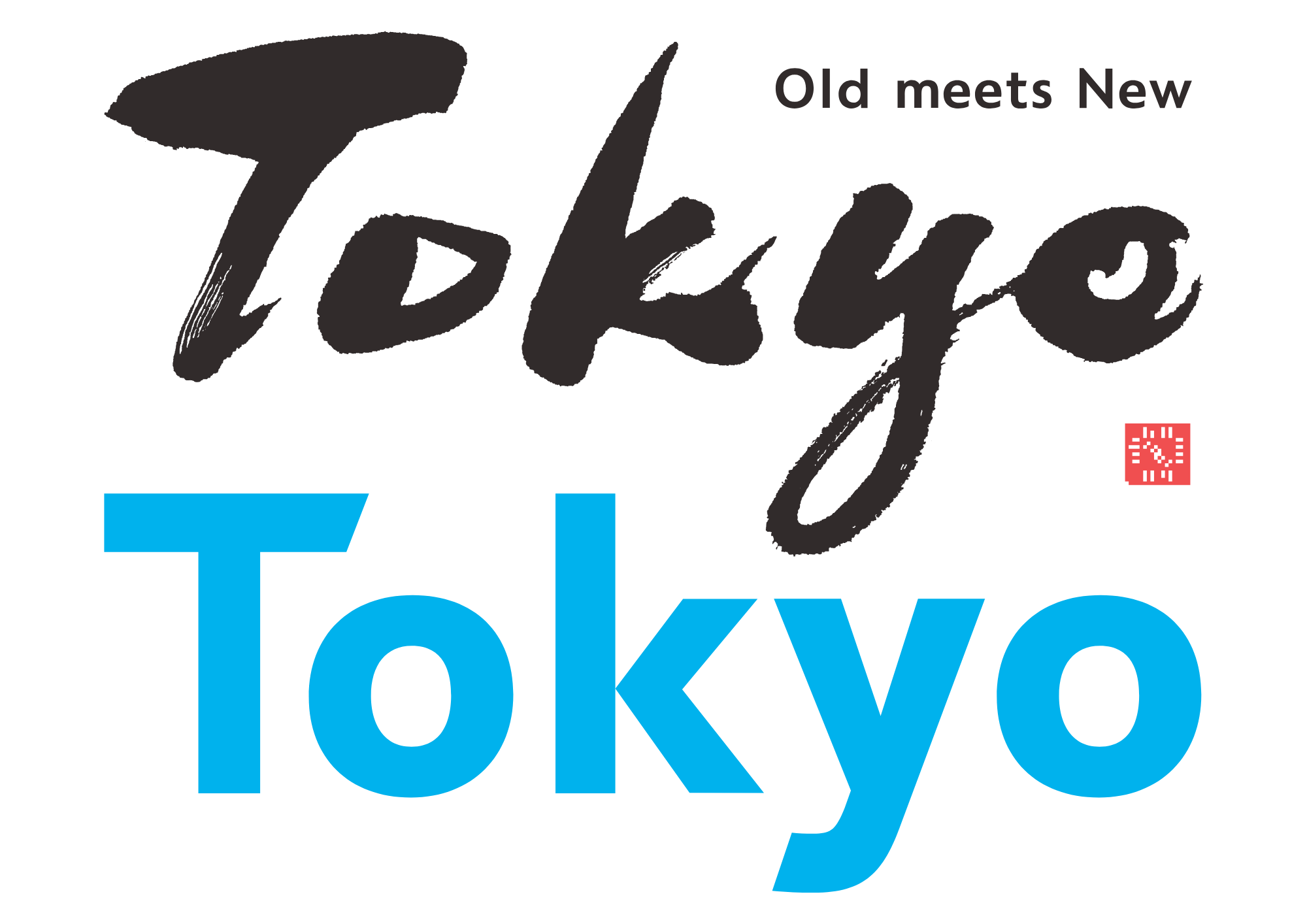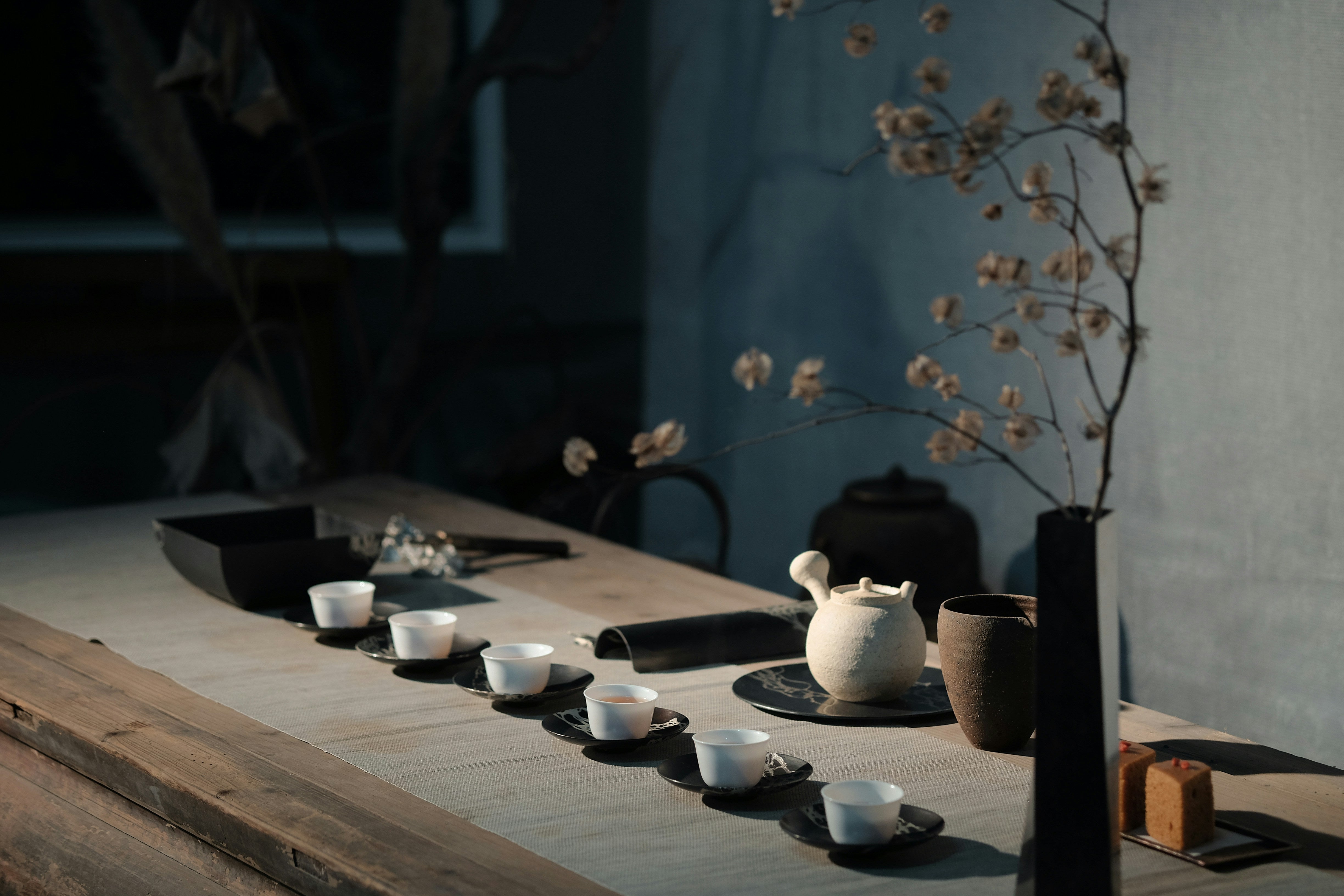
A TEA EXPERIENCE LIKE NO OTHER
DATE :
• November 21 (Friday) at 5:30 p.m.: Workshop 1
• November 27 (Thursday) at 5:30 p.m. Workshop 2
• December 5 (Friday) at 5:30 p.m. Workshop 1
• December 11 (Thursday) at 5:30 p.m. Workshop 2
DURATION:
• 90 min
PRICE:
• 60 EUR
PARTICIPANTS PER SESSION:
• 10 people

ATELIER HIS by OGATA
OGATA is a global concept that defines a new sensibility for everyday life. Respecting ancient Japanese traditions, OGATA orchestrates a contemporary experience where harmony, the desire to share knowledge, and the richness of expertise are an invitation to recharge one's batteries. Drawing on Japanese culture in harmony with nature, OGATA offers another way of living in our time: an invitation to discover daily practices in all their richness, which echo their ancestral origins.
Through a renewed tea culture, refined culinary art, multifaceted craftsmanship, a sense of hospitality and a radical aesthetic, OGATA is the expression of a new way of being, the quest for a beauty capable of renewing the Japanese conception of beauty today.

Tea according to OGATA
An opportunity to discover the ancestral culture of tea up to the present day, while discussing the taste and benefits of this drink, its seasonality and its origins. We invite you to set off now to discover the pleasures of tea.
How to tell the difference between sencha green tea and kōcha?
What is a Chashaku?
How long should they be infused?
At what temperature?
What is the exact weight to put in the teapot?
Do all these indications have an influence on the quality of the final drink? The answer to this last question is yes.
OGATA has thought of the consumer and is breaking the myth that Japanese tea is a difficult art to understand. "Today, it's about integrating tea into everyday life in a fun way, by simplifying preparation times and flavors," explains Shinichiro Ogata, founder of the eponymous house.
WORKSHOP 1: DISCOVER THE JAPANESE REGION
with the tasting of 3 exceptional teas produced using unique processes, emblematic of Japan and its culture.
INTRODUCTION :
Presentation of OGATA, Raphaël and the workshop.
I. Sencha
A tea professional will explain the typical characteristics of post-17th century Japanese green tea by discussing " mushisei " steaming, the importance of stopping the oxidation of the leaves and the concept of Umami in a concise manner.
Tea served : Sayamakaori fukamushi-sencha from Saitama Prefecture
II. Oolongcha
It will first briefly cover the historical context of Oolong in Japan, followed by a short explanation of the concept of withering (Ichō) and completion of the previous explanation related to oxidation, since oolong is semi-oxidized. Finally, it will collect your opinions and comments on the notes of oolong compared to those of the first green tea.
Tea served: Oolongcha from Miyazaki, Kōshun
III. Kōcha
After having historically contextualized black tea in Japan, it will introduce you to Benihomare as the first Japanese tea cultivar reserved for the production of black tea, then will make a comparison of Japanese and Western (English) black teas on their creation processes and their appreciation.
Tea served: Kōcha from Nara, Benihomare
CONCLUSION and questions/answers.
WORKSHOP 2: LET’S DISCOVER THE WORLD OF JAPANESE GREEN TEA TOGETHER
through 3 unique processes that have made Japan famous throughout the world.
INTRODUCTION :
Presentation of OGATA, Raphaël and the workshop.
I. Sencha
A tea professional will explain the typical characteristics of post-17th century Japanese green tea by discussing "mushisei" steaming, the importance of stopping the oxidation of the leaves and the concept of Umami in a concise manner.
Tea served: Sayamakaori fukamushi-sencha from Saitama Prefecture
II. Matcha
It will cover the history of matcha, including its origin (Chinese Mocha), its Japanese characteristics (Tencha and the concept of Kabuse), the Japanese tea master Sen no Rikyū, and the creation of tea ceremonies to replace Tōcha, a gambling and betting game related to tea.
Tea served: Kagoshima Matcha, Okumidori
III. Hōjicha
Finally, he will explain the concept of Bancha and the different meanings of the word in current Japanese culture, before discussing Kyōbancha, the first historically described hōjicha from Kyōto, as well as the term “Kuki-tencha”, directly related to the matcha served earlier.
Tea served: Kuki-tencha from Kagoshima, Okumidori
CONCLUSION and questions/answers.


